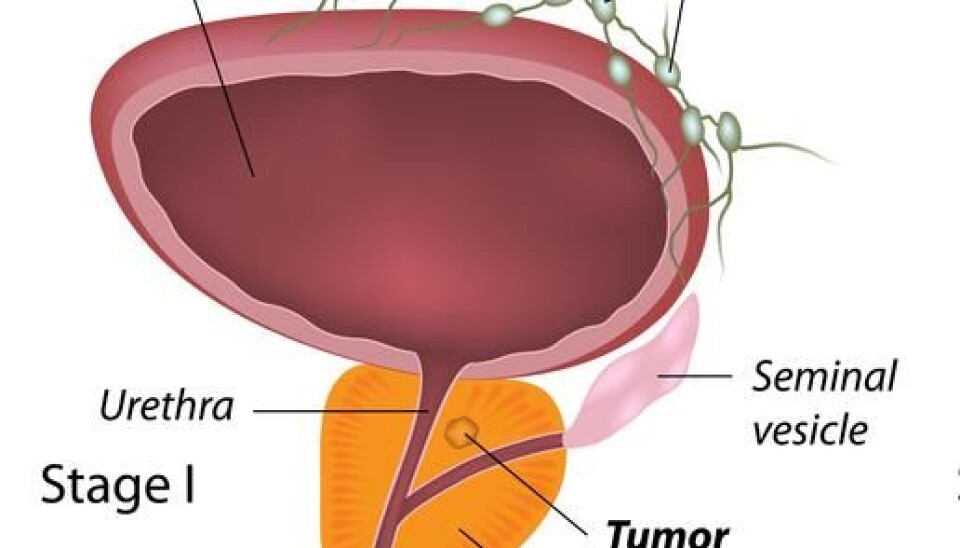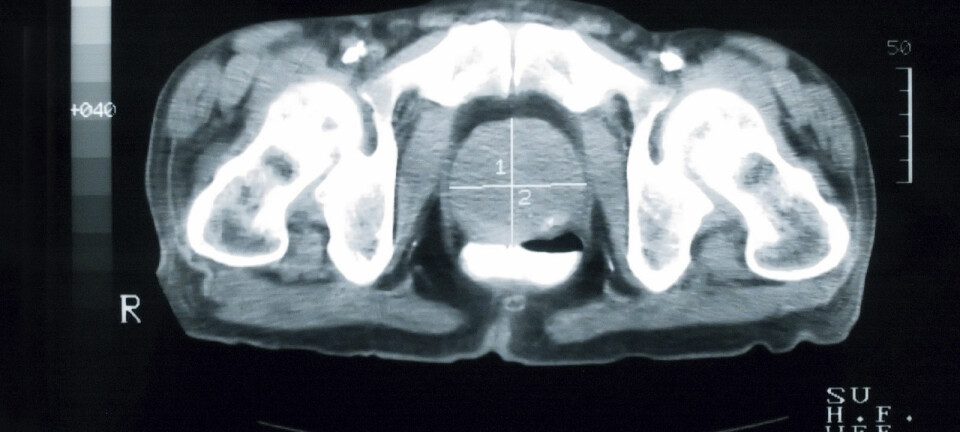
Prostate cancer risk starts in childhood
Is it possible to predict whether a child will develop cancer in adulthood? It sounds unlikely, but a new study indicates that tall boys have a greater risk of developing prostate cancer when they grow up.
Boys who are tall at school age have a greater risk of developing prostate cancer later in life.
The great increase in recent decades in the number of men who are diagnosed with prostate cancer has primarily been attributed to an earlier diagnosis through screening.
The risk of prostate cancer increases significantly with age and is only rarely seen in men younger than 40. More than 60 percent of all men are expected to have ‘hidden’ prostate cancer by the time they reach the age of 80. Prostate cancer is therefore popularly described as a disease that you do not die from, but rather one that follows you to the grave.
Causes of prostate cancer
Even though prostate cancer hits many men, not a lot is known about the cause of the disease. In fact, there are currently only three established risk factors: age, ethnicity and genetics – none of which is modifiable. A number of other factors have been suggested to affect the development of prostate cancer, such as adult height and body size, and lifestyle factors, including diet and physical activity. It is, however, unclear how much these factors influence the onset of the disease.
Does the risk start in childhood?

Several studies have shown that tall men have an increased risk of developing prostate cancer. Not many of them have, however, looked into whether this correlation arises as early as in childhood.
Scientists know that the prostate gland develops in childhood. Prostate cancer develops relatively slowly before symptoms start to show. This makes it likely that factors in childhood can affect the subsequent risk of developing the disease.
At the Institute of Preventive Medicine we have tried to narrow down the period in which a person’s height affects the later risk of prostate cancer. These findings were recently published in the journal Cancer Epidemiology, Biomarkers & Prevention.
To assess whether height in childhood affects the later risk of developing prostate cancer, we looked at a cohort of the Copenhagen School Health Records Register (CSHRR) comprising 372,636 school children aged 7-13, which included data about height and weight. Using identification numbers, the children were followed into adulthood, enabling us to see whether they developed prostate cancer, which is registered in the Danish Cancer Registry.
We found that boys who were taller than their peers had an increased risk (13 percent) of developing prostate cancer later in life. These results can be put into perspective by comparing two boys of the same age, born in the same period.
A 13-year-old boy, who was approximately 8 cm taller than a boy with an average height (152.9 cm for boys born between 1940-1944), will have a 13-percent greater risk of developing prostate cancer in adulthood, which applies to all ages from 40 to 71. We also found that it was primarily the height in late childhood (age 13) that determined the risk of prostate cancer, and not changes in height during childhood (from age 7 to 13).
Can/should we do anything about it?
The apparent fact that tall boys may have an increased risk of developing prostate cancer later in life does not mean that we should try to manipulate children’s height. Although height has been shown to increase the risk of various cancers, an increased height has also been shown to protect against e.g. cardiovascular disease and mortality.
Moreover, it is unlikely that height on its own increases the risk of cancer. Height is a marker for various genetic, environmental, hormonal and nutritional factors that affect growth.
Among the first to study this correlation
The research project and its results are important in our search for the real causes of prostate cancer, as there is a lack of knowledge on this issue.
Since our study has demonstrated that the correlation between height and prostate cancer is present already in childhood, it would be interesting to research the underlying mechanisms behind this correlation.
We are among the first to examine the correlation between childhood height and the risk of prostate cancer in adulthood. Our findings emphasise that factors early in life can affect the risk of disease many years later.
-----------------------
Read the Danish version of this article at videnskab.dk









